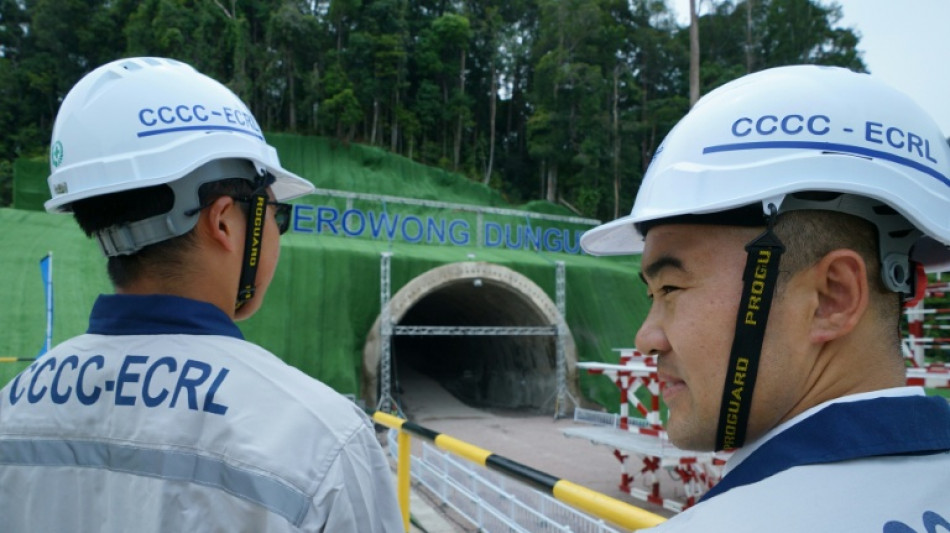
-
 Tiger comparisons 'silly' for dominant Scheffler
Tiger comparisons 'silly' for dominant Scheffler
-
Clark feels 'terrible' for US Open incident after Oakmont ban

-
 Venus Williams, 45, to end 16-month layoff in Washington
Venus Williams, 45, to end 16-month layoff in Washington
-
McIlroy got everything but the win out of Northern Ireland homecoming

-
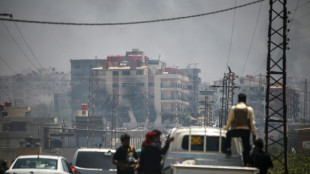 Calm returns to south Syria after violence that killed over 1,100: monitor
Calm returns to south Syria after violence that killed over 1,100: monitor
-
Mexico's O'Ward wins Toronto Indy to gain in title chase

-
 British Open win 'special feeling' for dominant Scheffler
British Open win 'special feeling' for dominant Scheffler
-
Scheffler ticks off British Open in pursuit of perfection

-
 Brilliant Scheffler cruises to fourth major title at British Open
Brilliant Scheffler cruises to fourth major title at British Open
-
French petition against return of bee-killing pesticide passes 1mn

-
 'Superman' triumphs once again at N.American box office
'Superman' triumphs once again at N.American box office
-
A million people sign French petition against bringing back bee-killing pesticide

-
 European powers plan fresh nuclear talks with Iran
European powers plan fresh nuclear talks with Iran
-
Pope urges immediate end to 'barbarity' of Gaza war

-
 Arrested Kenyan activist faces terror charges
Arrested Kenyan activist faces terror charges
-
Gaza civil defence says Israeli fire kills 73 aid seekers

-
 Wellens wins stage as Pogacar maintains Tour de France stranglehold
Wellens wins stage as Pogacar maintains Tour de France stranglehold
-
Scheffler 'in a league of his own', says inspired DeChambeau

-
 Injured Draper takes time out as he targets US Open
Injured Draper takes time out as he targets US Open
-
Clinical Bangladesh thump sloppy Pakistan in first T20I

-
 England's Carter suffers racist abuse at Euro 2025
England's Carter suffers racist abuse at Euro 2025
-
Wellens wins stage as Pogacar keeps Tour de France lead

-
 Gaza civil defence says Israeli fire kills 67 aid seekers
Gaza civil defence says Israeli fire kills 67 aid seekers
-
Martin Solveig bids goodbye to DJing at retirement gig

-
 France's Boisson wins maiden WTA title in Hamburg
France's Boisson wins maiden WTA title in Hamburg
-
England to host next three World Test Championship finals

-
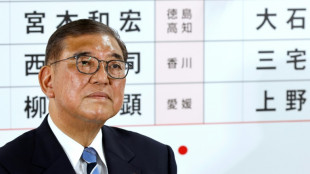 Shigeru Ishiba, Japan's rapidly diminishing PM
Shigeru Ishiba, Japan's rapidly diminishing PM
-
Pakistani camel relearns to walk with prosthetic leg

-
 Lesotho's jockeys saddle up for mountain horse racing
Lesotho's jockeys saddle up for mountain horse racing
-
Texas flood missing toll revised sharply down to three
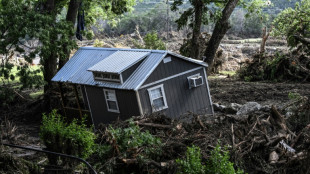
-
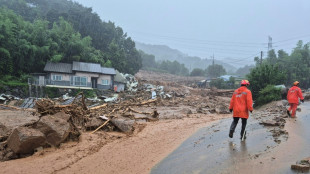 South Korea rain death toll hits 17, with 11 missing
South Korea rain death toll hits 17, with 11 missing
-
Dominant Marquez cruises to Czech MotoGP win

-
 Bublik wins first clay title in Gstaad
Bublik wins first clay title in Gstaad
-
Western aid cuts cede ground to China in Southeast Asia: study
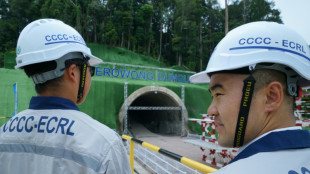
-
 Fury targets third fight against undisputed heavyweight champion Usyk
Fury targets third fight against undisputed heavyweight champion Usyk
-
Coach Erasmus calls time on mass Springbok experiments

-
 Solberg secures first WRC win in Estonia
Solberg secures first WRC win in Estonia
-
Calm returns to south Syria after violence that killed 1,000: monitor
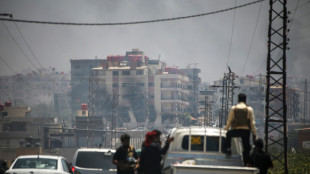
-
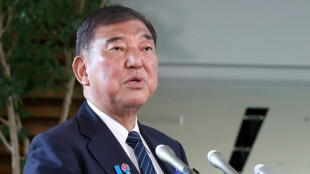 Election drubbing projected for Japan PM
Election drubbing projected for Japan PM
-
Hong Kong hit by strong winds, heavy rain as Typhoon Wipha skirts past
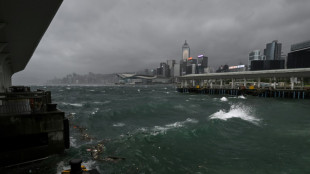
-
 Shi beats Lanier to win Japan Open badminton title
Shi beats Lanier to win Japan Open badminton title
-
Manila crowd cheers Pacquiao comeback, draw and all

-
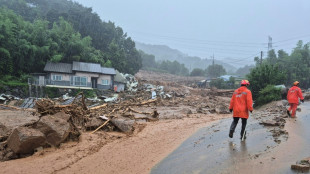 South Korea rain death toll rises to 14: government
South Korea rain death toll rises to 14: government
-
Pacquiao held to draw by Barrios in world title return

-
 Tearful relatives await news from Vietnam wreck rescue
Tearful relatives await news from Vietnam wreck rescue
-
Anxious relatives await news from Vietnam wreck rescue
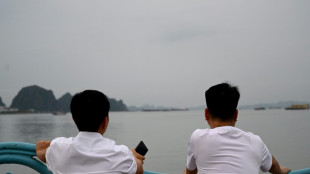
-
 Syrian govt says fighting in Sweida halted after tribal forces pull out
Syrian govt says fighting in Sweida halted after tribal forces pull out
-
Schmidt says Wallabies must hit the ground running in Melbourne

-
 Rodriguez stops Cafu in super flyweight unification fight
Rodriguez stops Cafu in super flyweight unification fight
-
Hong Kong axes flights, classes as Typhoon Wipha approaches
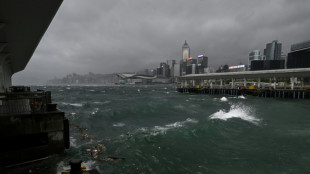

Western aid cuts cede ground to China in Southeast Asia: study
China is set to expand its influence over Southeast Asia's development as the Trump administration and other Western donors slash aid, a study by an Australian think tank said Sunday.
The region is in an "uncertain moment", facing cuts in official development finance from the West as well as "especially punitive" US trade tariffs, the Sydney-based Lowy Institute said.
"Declining Western aid risks ceding a greater role to China, though other Asian donors will also gain in importance," it said.
Total official development finance to Southeast Asia -- including grants, low-rate loans and other loans -- grew "modestly" to US$29 billion in 2023, the annual report said.
But US President Donald Trump has since halted about US$60 billion in development assistance -- most of the United States' overseas aid programme.
Seven European countries -- including France and Germany -- and the European Union have announced US$17.2 billion in aid cuts to be implemented between 2025 and 2029, it said.
And the United Kingdom has said it is reducing annual aid by US$7.6 billion, redirecting government money towards defence.
Based on recent announcements, overall official development finance to Southeast Asia will fall by more than US$2 billion by 2026, the study projected.
"These cuts will hit Southeast Asia hard," it said.
"Poorer countries and social sector priorities such as health, education, and civil society support that rely on bilateral aid funding are likely to lose out the most."
Higher-income countries already capture most of the region's official development finance, said the institute's Southeast Asia Aid Map report.
Poorer countries such as East Timor, Cambodia, Laos and Myanmar are being left behind, creating a deepening divide that could undermine long-term stability, equity and resilience, it warned.
Despite substantial economic development across most of Southeast Asia, around 86 million people still live on less than US$3.65 a day, it said.
- 'Global concern' -
"The centre of gravity in Southeast Asia's development finance landscape looks set to drift East, notably to Beijing but also Tokyo and Seoul," the study said.
As trade ties with the United States have weakened, Southeast Asian countries' development options could shrink, it said, leaving them with less leverage to negotiate favourable terms with Beijing.
"China's relative importance as a development actor in the region will rise as Western development support recedes," it said.
Beijing's development finance to the region rose by US$1.6 billion to US$4.9 billion in 2023 -- mostly through big infrastructure projects such as rail links in Indonesia and Malaysia, the report said.
At the same time, China's infrastructure commitments to Southeast Asia surged fourfold to almost US$10 billion, largely due to the revival of the Kyaukphyu Deep Sea Port project in Myanmar.
By contrast, Western alternative infrastructure projects had failed to materialise in recent years, the study said.
"Similarly, Western promises to support the region's clean energy transition have yet to translate into more projects on the ground -- of global concern given coal-dependent Southeast Asia is a major source of rapidly growing carbon emissions."
P.Tamimi--SF-PST


